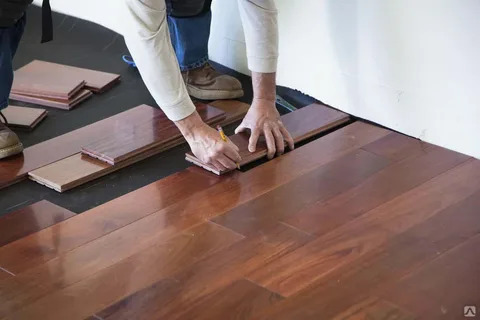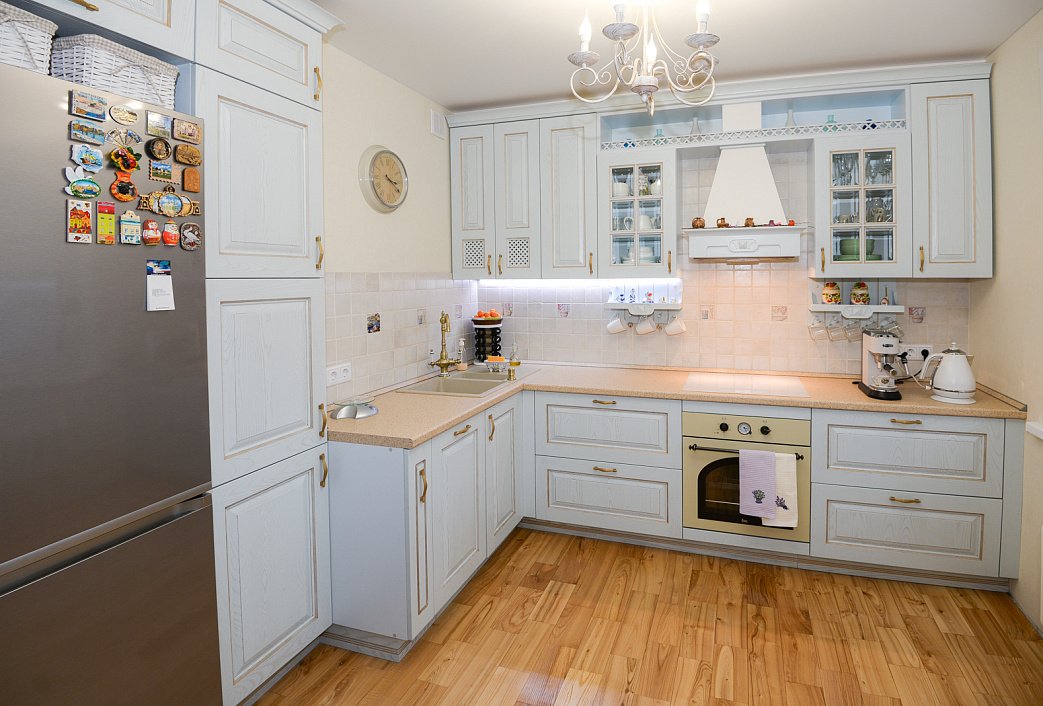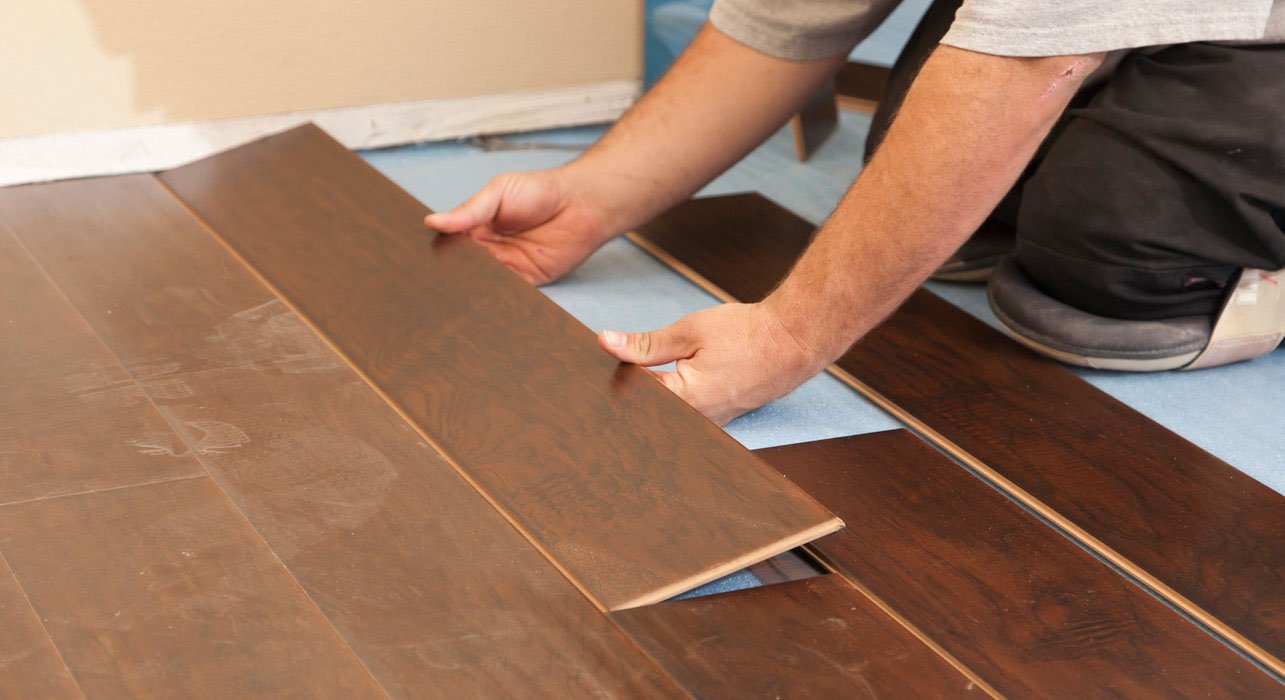How Do You Install Bamboo Flooring: Tips For A Flawless Finish

Overview
Bamboo flooring is swiftly becoming a favourite among homeowners for its durability, eco-friendliness, and elegant appearance. However, flooring Adelaide installation can be a tricky process if you’re not familiar with the right steps.
Thankfully, with the right guidance and preparation, you can achieve that flawless finish you’re dreaming of.
In this guide, we’ll walk you through expert tips for installing bamboo flooring like a pro, covering everything from choosing the right materials to the final touches.
So, grab your tools, and let’s get started on transforming your space with beautiful bamboo flooring.
Preparation Steps for Bamboo Flooring Installation
Before diving into the installation of bamboo flooring, two crucial steps must be accomplished: acclimating the flooring materials and preparing the subfloor. These steps are fundamental in ensuring a seamless installation and stunning long-term results.
Acclimating Bamboo Flooring Materials
Bamboo flooring needs time to adjust to the temperature and humidity levels of its new environment. This process, known as acclimation, is critical to prevent the planks from expanding or contracting post-installation, which could lead to gaps or buckling. Follow these tips for effective acclimation:
– Place the unopened boxes of bamboo flooring in the room where they will be installed. This environment should be controlled, with temperature and humidity levels close to those that will be normal in the room.
– Leave the boxes for a minimum of 72 hours to ensure the bamboo adjusts properly. If you live in a particularly humid or arid climate, you might want to extend this period to ensure a thorough acclimation.
Preparing the Subfloor
A smooth, clean, and stable subfloor is essential for a successful bamboo flooring installation. Follow these steps to prepare your subfloor:
– Clean: Ensure the subfloor is free of debris, dust, and any material that could affect the installation. A clean slate is important for proper adhesion.
– Check for smoothness: Inspect the surface for any irregularities, such as bumps or depressions. They need to be addressed before laying down the bamboo flooring to prevent future problems.
– Moisture Check: Use a moisture meter to check the subfloor’s moisture content. The acceptable level often varies based on the manufacturer’s recommendations, but keeping it below 12% is generally advisable.
Tools and Materials Needed for Installing Bamboo Flooring
For a seamless and professional bamboo flooring Adelaide installation, having the right tools and materials on hand is non-negotiable. Here’s a breakdown of what you’ll need.
Essential Tools for the Job
A successful installation starts with the right tools. Here’s a checklist of the essentials:
– Tape measure: Precision is key in flooring installations, making a tape measure indispensable.
– Rubber mallet: This tool helps to gently fit the bamboo planks together without damaging them.
– Saw: Whether it’s a circular saw, mitre saw, or table saw, you’ll need a saw to cut the bamboo planks to the right dimensions.
– Flooring Nailer: A flooring Nailer or stapler secures the planks to the subfloor. Pneumatic models are preferred for their efficiency.
– Spacers: These are used to maintain the expansion gap recommended by the flooring manufacturer around the room’s perimeter.
– Chalk line: This tool is essential for marking straight, long lines across the subfloor, ensuring your bamboo planks are laid out evenly.
Materials Required for a Professional Finish
Beyond the tools, several materials are necessary to ensure a flawless finish:
– Underlayment: This layer sits between the subfloor and the bamboo planks, providing moisture protection, sound reduction, and a smoother underfoot feel. Options include foam, cork, or felt.
– Adhesive: If opting for a glue-down installation method, a high-quality flooring adhesive is critical.
– Nails or staples: Depending on the type of flooring Nailer used, you’ll need the correct nails or staples.
– Transition strips: These are used where the bamboo flooring meets other floor types or when it’s necessary to bridge different levels or gaps.
– Sealant: Applying a sealant around the perimeter of the room can help block moisture ingress, especially in areas prone to dampness.
Gathering these tools and materials before starting your project can streamline the installation process, making it efficient and resulting in a floor that looks like a professional installed it.
Remember, taking your time to do jobs like acclimating the bamboo and preparing the subfloor can significantly impact the quality and longevity of your new flooring.
Step-by-Step Guide to Installing Bamboo Flooring
Embarking on the journey of installing bamboo flooring Adelaide can be both exciting and a bit daunting. Fret not! Follow this step-by-step guide, and you’ll navigate through the process like a pro, achieving that flawless finish you’re dreaming of.
Layout Planning and Starting Point
Before diving into the installation, planning your layout is crucial. Begin by measuring the room to determine how many planks you’ll need. Consider the direction of the planks; aligning them parallel to the longest wall often gives the best aesthetic outcome.
Decide on your starting point, typically an exterior wall, as it’s more likely to be straight and square with the room, providing a solid reference line. Ensuring your first row is perfectly aligned sets the tone for the entire installation.
Installing the First Rows
Now, it’s time to lay down the first rows. Begin by laying out the planks to visualise how they’ll fit. Remember, it’s essential to mix planks from different boxes to ensure colour and pattern variation, giving the flooring a more natural appearance.
When you’re satisfied with the layout, start attaching the planks. If you’re using a click-lock type of bamboo flooring, this should be relatively straightforward. Make sure each plank is firmly locked into place, and use spacers along the edges to maintain the expansion gap—more on that later.
Fitting the Rest of the Flooring
After your first few rows are securely set, continue with the same method for the rest of the flooring. Be meticulous in making sure each piece fits snugly with its neighbour, but avoid forcing them too harshly together. Use a tapping block or a pull bar for tight fitting.
Cut planks as necessary to fit the room dimensions, but also keep in mind the visual aspect—stagger the seams between rows for a more pleasing look. As you progress, regularly check for alignment and adjust accordingly to avoid any uneven lines.
Tips and Tricks for Ensuring a Flawless Bamboo Flooring Installation
Achieving that seamless, professional-looking bamboo floor is all in the details. Here are some expert tips and tricks to help you avoid common pitfalls and ensure a flawless finish.
Dealing with Tricky Areas
In any room, you’ll likely encounter tricky areas such as doorways, corners, or heating vents. Precision is key here. Carefully measure and mark your planks before cutting them to fit these spaces. For doorways, it might be necessary to trim the door’s bottom or undercut the doorjambs to allow the flooring to slide underneath, ensuring a continuous flow. Taking your time with these details makes all the difference in the professional feel of the end result.
Maintaining Consistent Spacing
Consistency is crucial for the overall appearance of your floor. This includes maintaining consistent plank spacing and staggering the seams between planks. A general rule of thumb is to keep at least 6 inches between end joints in adjacent rows. This doesn’t just enhance the floor’s visual appeal; it also contributes to its structural integrity.
Ensuring Proper Expansion Gaps
One of the most critical aspects of bamboo flooring installation is accounting for expansion gaps. Bamboo, like any natural material, expands and contracts with changes in temperature and humidity. To accommodate this, leave a ¼ to ½ inch gap around the perimeter of the room and at any fixed objects or vertical obstructions. Don’t worry—baseboards or quarter-round moulding will cover these gaps, maintaining the aesthetic of your space.
There you have it! Remember, the beauty of bamboo flooring not only lies in its appearance but also in the satisfaction of having installed it yourself.
Finishing Touches and Clean-Up After Installing Bamboo Flooring
Once your bamboo flooring is securely in place, it’s time for the finishing touches and clean-up. Begin by carefully trimming any excess underlayment. Then, reinstall your baseboards or install quarter-round moulding along the edges to cover the expansion gap, ensuring your flooring has a polished look.
Clean-up is crucial to enjoying your new floor right away. Sweep or vacuum to remove all debris and dust from the installation process. If necessary, use a damp mop with a mild cleaner designed for bamboo floors. Finally, step back and admire your hard work – you’ve just installed bamboo flooring like a pro!
Final words
In conclusion, installing bamboo flooring can be a rewarding home improvement project. By following the tips provided in this guide, you’ll be well-equipped to achieve a flawless finish that enhances the aesthetic and value of your space.
Remember to prepare the subfloor adequately, acclimate the bamboo planks, and use the right tools for the job.
Additionally, ensure proper spacing and consider hiring a professional if you encounter any challenges. With careful planning and attention to detail, your bamboo flooring Adelaide installation can result in a beautiful, durable, and environmentally friendly addition to your home.
Now, go ahead and enjoy your stunning new bamboo floors!
Related Posts

Elevate Your Space with Elegance: The Allure of Wooden Flooring

Seven Financial Benefits of Wood Flooring for Your Home

